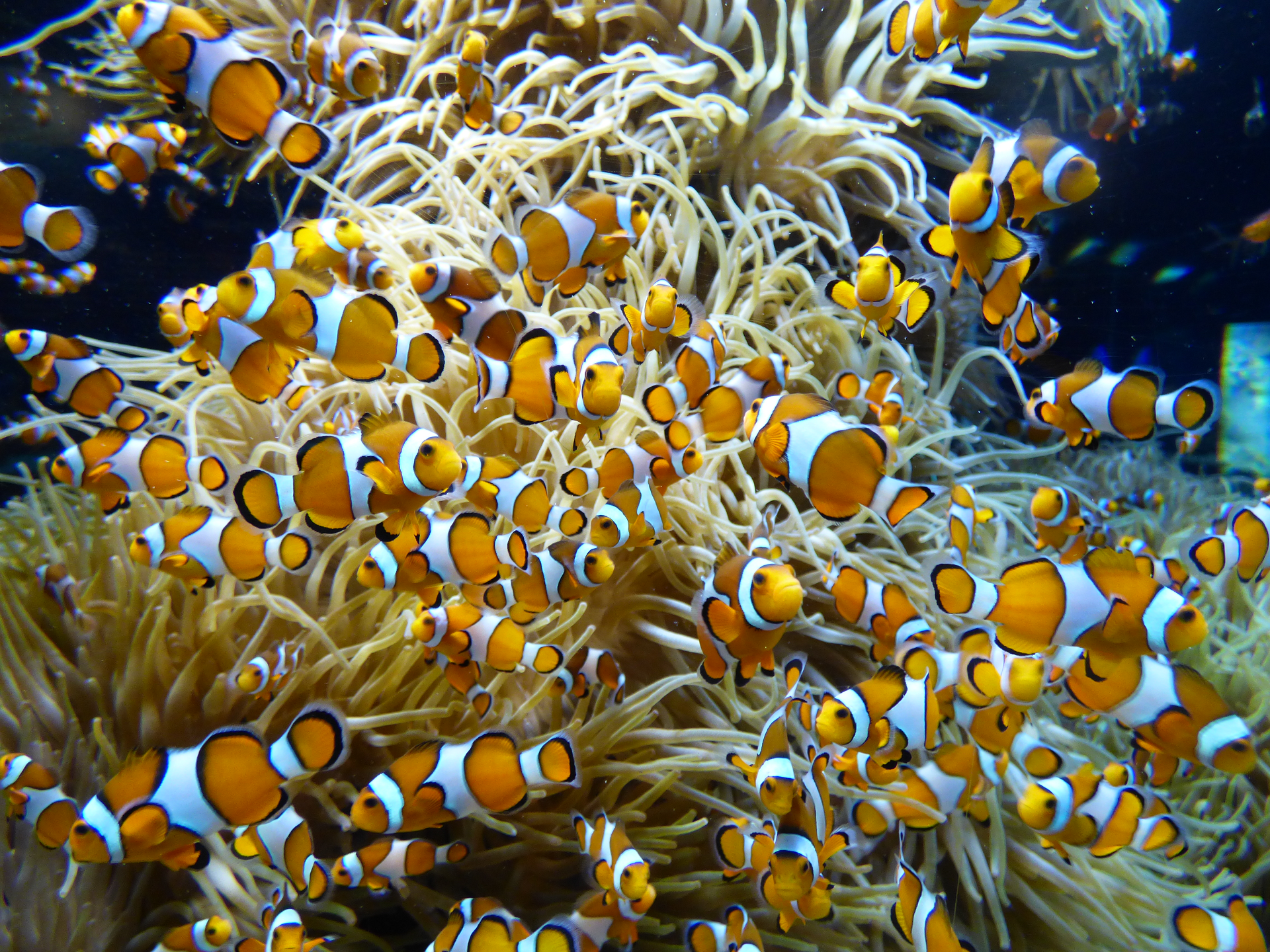Publication Abstract
- Title
-
Insights into the feeding of jellyfish polyps in wild and laboratory conditions: do experiments provide realistic estimates of natural functional rates?
- Publication Abstract
-
Biotic and abiotic factors that affect the physiology and ecology of scyphozoan polyps are considered to be major drivers of jellyfish blooms, but are rarely studied under field conditions. Here, stable isotopes of carbon and nitrogen were used to investigate feeding ecology in Aurelia aurita polyps from the Beaulieu River, UK (50° 80’ 04.55” N / 1° 42’ 28.12” W) in both winter and summer conditions, and compared to laboratory maintained polyps fed Artemia nauplii at 6 and 20 °C, respectively. In natural conditions, the isotopic composition of A. aurita polyps indicated assimilation of nutrients derived from both benthic and pelagic food pathways, with seasonal switches between benthic-derived nutrients in winter and pelagic-derived nutrients in summer. In laboratory experiments, polyps assimilated Artemia food at 6 °C although metabolic processes were reduced, while at 20 °C, polyps starved as their increased metabolic costs could not be met from the Artemia food. Experiments on growth and asexual reproduction of Artemia-fed polyps of A. aurita may not reflect natural metabolic rates especially at higher temperatures (e.g. 20 °C), because these polyps are not extracting sufficient resources from their Artemia food to fuel the increased metabolic costs associated with high temperatures.
- Publication Authors
-
Cathy H. Lucas1, Danja P. Höhn*1,2, Clive N. Trueman1
- Publication Reference
-
Hydrobiologia
- Publication Internet Address of the Data
- Publication Date
- Publication DOI: https://doi.org/
- Publication Citation


